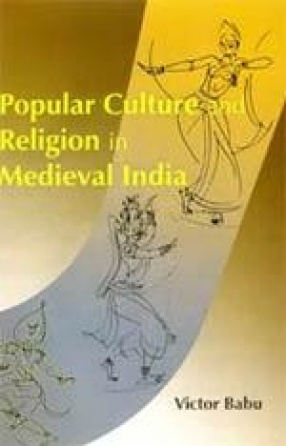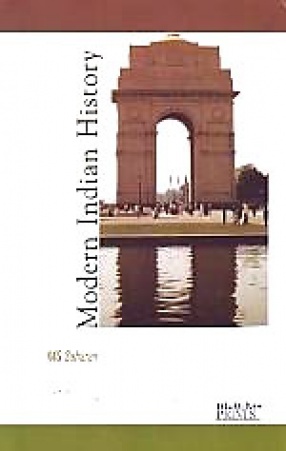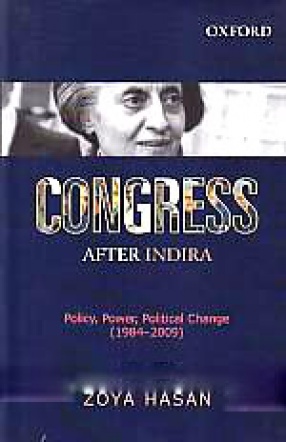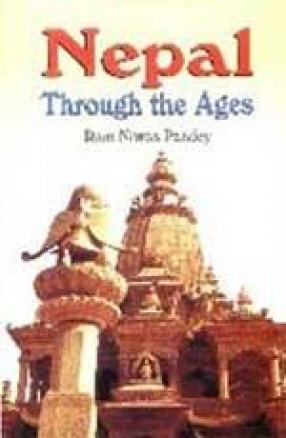Rituals and customs may express some human need or aspect of life. Medieval Andhra people observed a lot of rituals in their lives. A variety of beliefs underlies these rituals and practices. Some deities were though to be both benevolent and malevolent. The latter were believed to be responsible for certain epidemics and the cause of many disastrous things such as sickness, crop-failure, rain-failure, etc. Therfore, the medieval Andhra people tried to manipulate these supernatural forces, through various rituals, customs and propitiation rites: Jatara, human sacrifices, kanumari, kavu ritual, notitalalu, sigamugadam and sidi vrelatam. One of the remarkable features of these rituals is that they were very popular among the lower and depressed castes and they took a leading part in these rituals. Because they not only increased their worldly options they also made sense theologically. Later when Sufism entered the land, a lot of Dargahs and Khanqas became important centres of worship and pilgrimage, irrespective of caste, creed and race. Because Sufi saints were believed to possess supernatural powers: granting children, curing diseases of men and cattle and to overcome vicissitudes of every sort. Most people visited these dargahs for the solution of their problems without any religious boundaries. Even medieval states appropriated these popular religious practices for their legitimate existence. This book will make a useful companion for the historians of medieval and modern Andhra, Anthropologists, Sociologists and to the general readers as well.
Modern Indian History
$49.50
$55.00





There are no reviews yet.